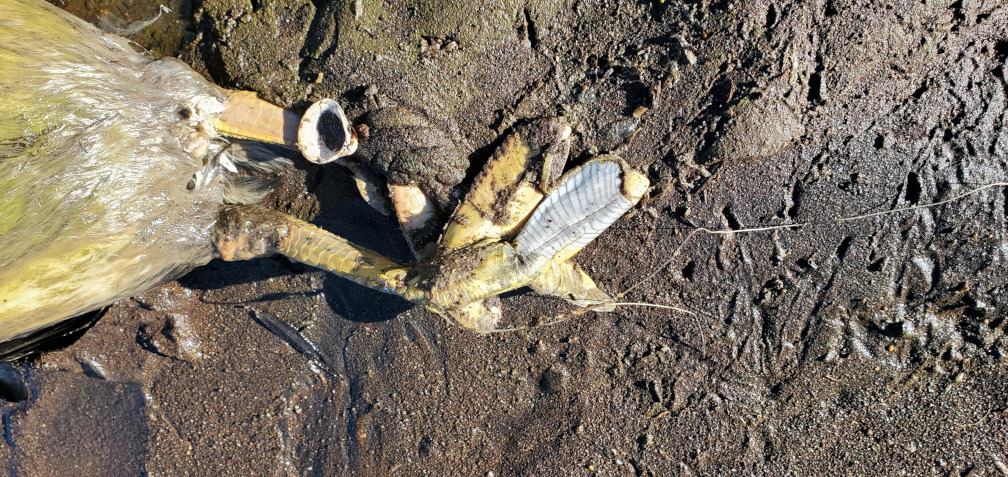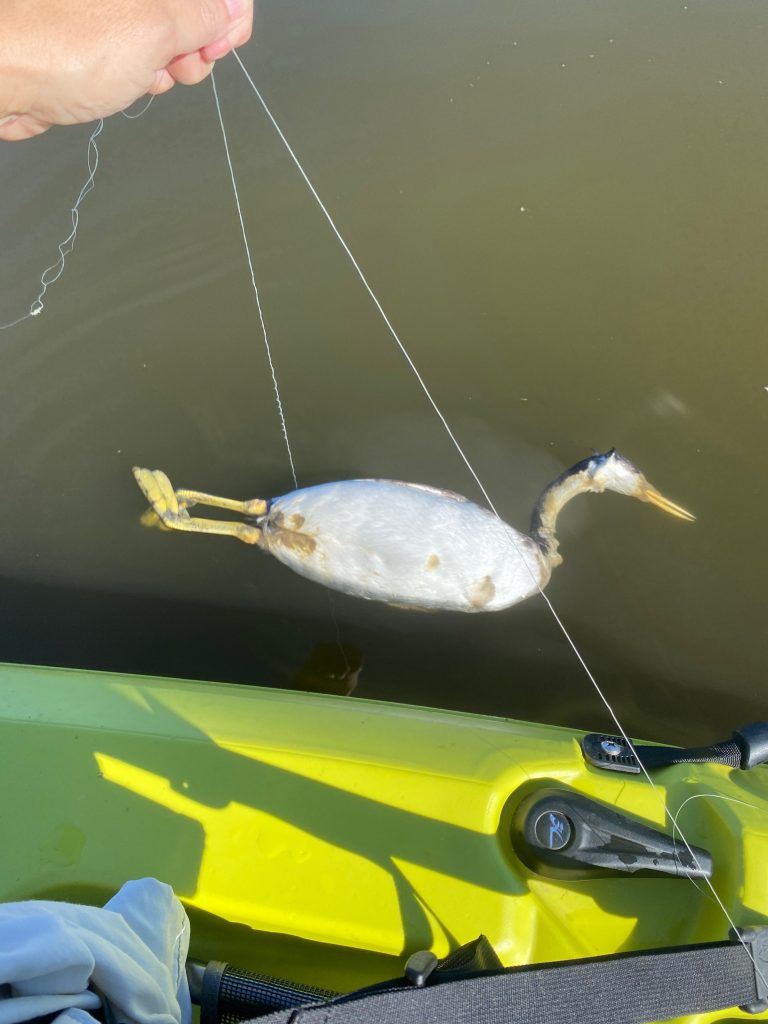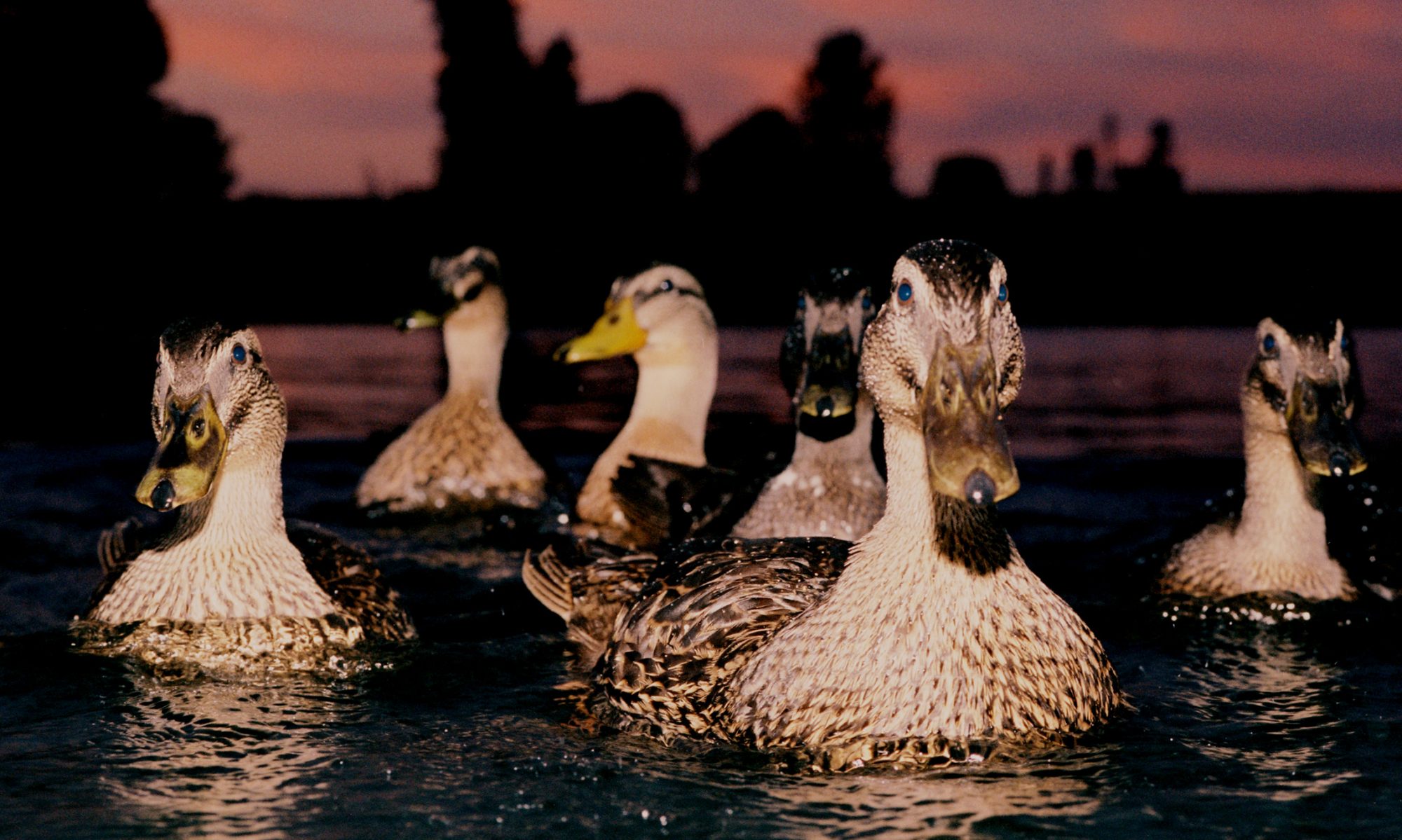You may have noticed that my last posting was 8 months ago and assumed we are defunct. In fact, we have been very successful at cleaning up Lake Hodges and keeping it that way. But making this happen takes a lot of time and so I just don’t post very often. Sorry.
Fishing season opened on February 2nd at Lake Hodges. As of February 1st the lake shore was almost spic and span clean. Probably cleaner than it has been since the dam was built in 1918. The Del Dios shore will probably always be a cleanup in progress, but even there we are in “maintenance mode” – finding and removing line that was lost only since the last time we checked. And we are trying to check it multiple times a week. The problem with Del Dios is not a reflection on the town, it is because there is such good access to that stretch of shoreline from many turnouts and parking areas along Lake Drive. The people who use those access points fish or party and leave lots of line and litter behind. You’d be amazed.
A piece of line or a hook or lure becomes a menace to birds the instant it is cut loose and remains that way until we are able to find and remove it. So we do still lose some birds along the shoreline. But the numbers are greatly reduced from when we started.
Our biggest problem now is underwater line. I mentioned that way back in November of 2019 and we have made little headway on it. Oftentimes a fisherman will snag his hook or lure on some underwater object. If they are unable to jiggle it loose, they cut the line. (If you look at my previous posting you will see that there is a solution to this problem.) So that leaves a long piece of invisible nylon monofilament fishing line wafting in the currents and anchored to the bottom. This can happen anywhere in the lake and these pieces of line are almost impossible to find.
So what does that matter? Grebes nest at Lake Hodges by the hundreds. Grebes are diving birds who swim underwater using a powerful frog kick. When they happen to kick a piece of fishing line it gets whipped around their legs and they are snared. Since the line is anchored to the bottom, they can drown before they manage to get loose. And they do drown.


Right now drowning grebes are our number one problem. The pumping/generating system causes the lake level to rise and fall a couple of feet each day – like a man-made tide. We find grebes who were entangled and drowned when the tide was high and then float to the surface when the water was low. It is impossible to know how many grebes die deeper and we never find their bodies. It is a grim thing to think about.
One of our members is working on a device which may help us to find more of this underwater line. But it will still take a lot of time and effort to drag the entire lake once we have it working and then we will have to do it over and over again forever.
So if anyone would like to help us with this, by all means contact me. You may have an idea for a device or you may be willing to devote some time to using it. However you think you can help, please let me know.
